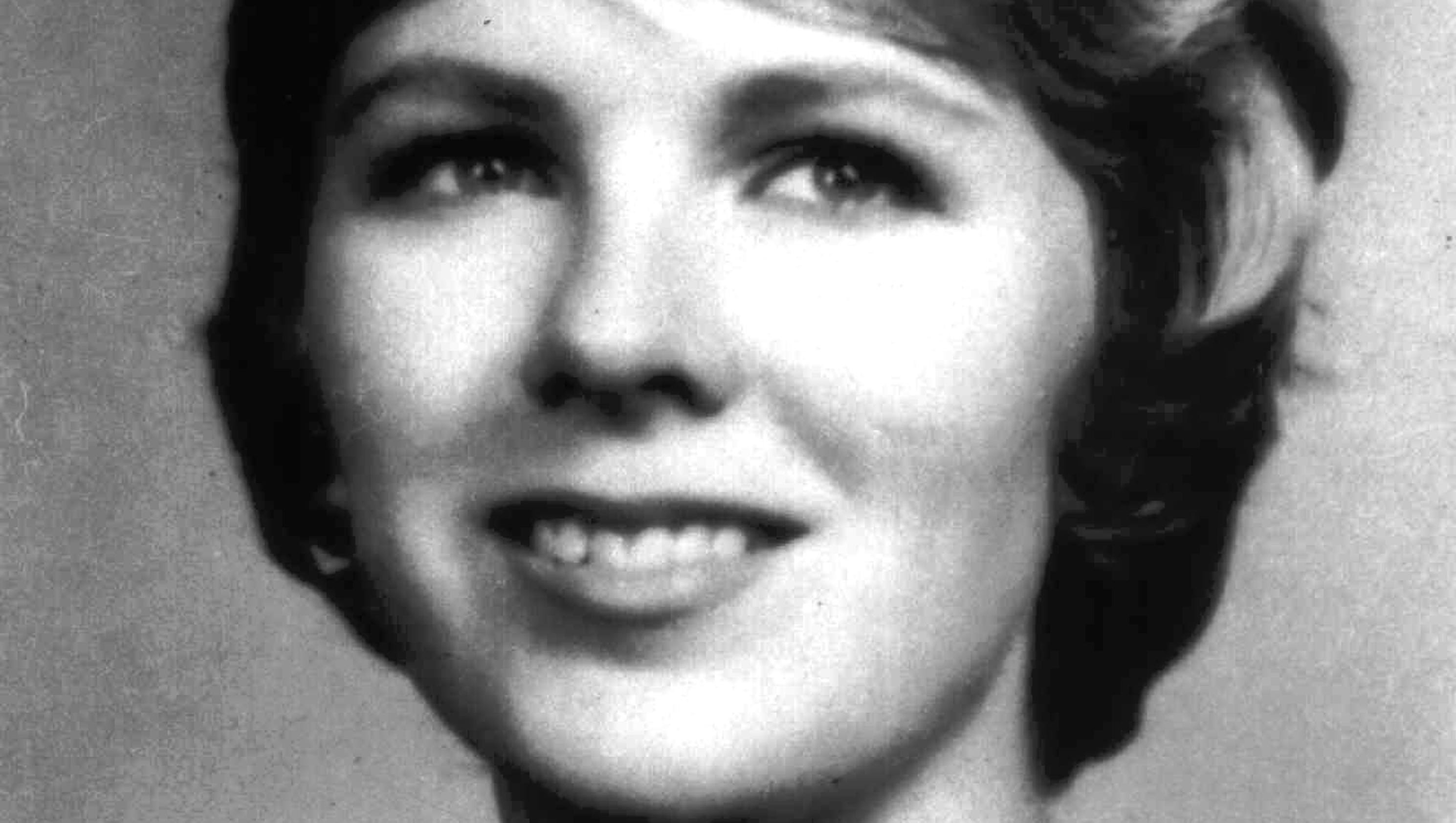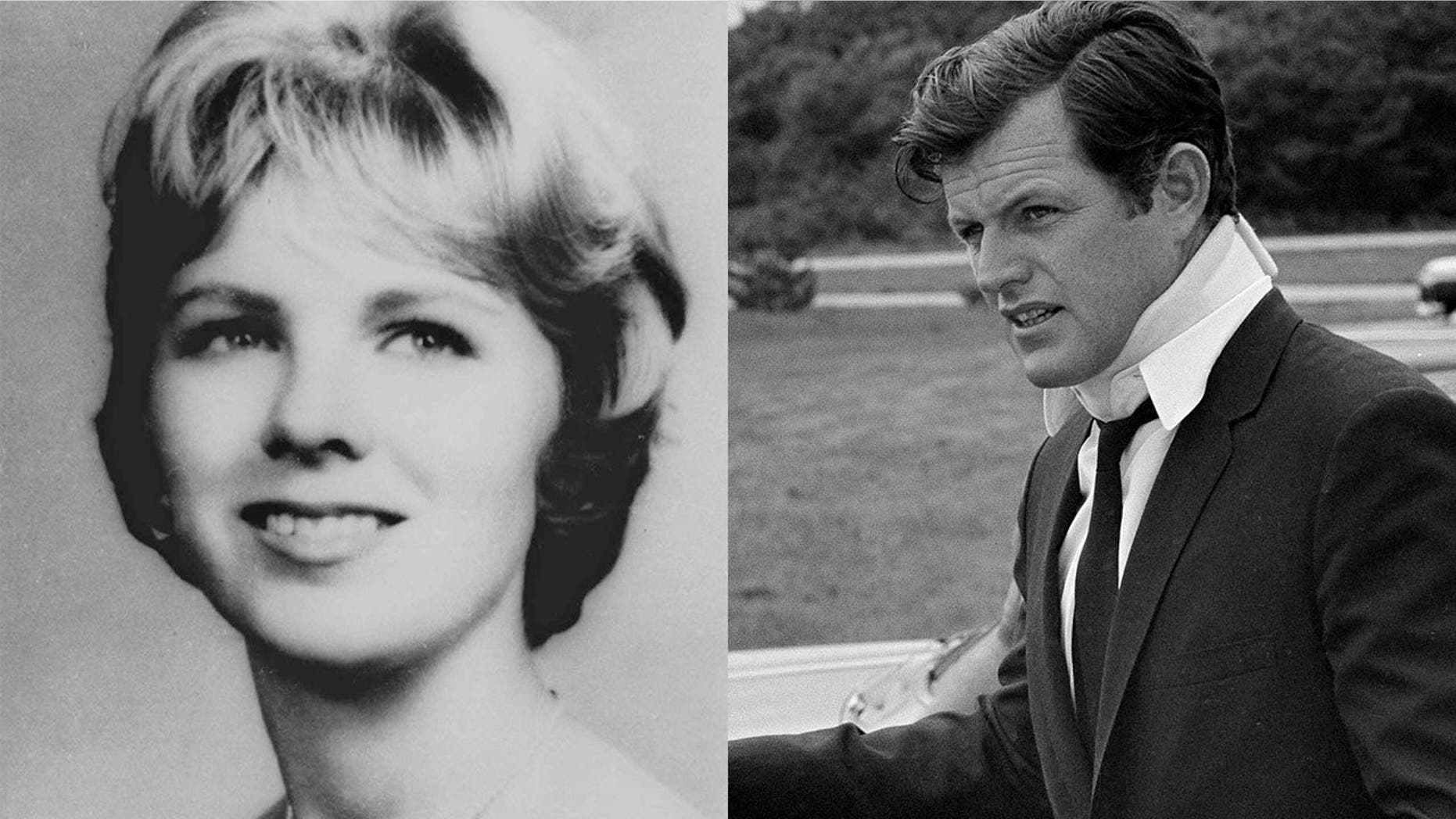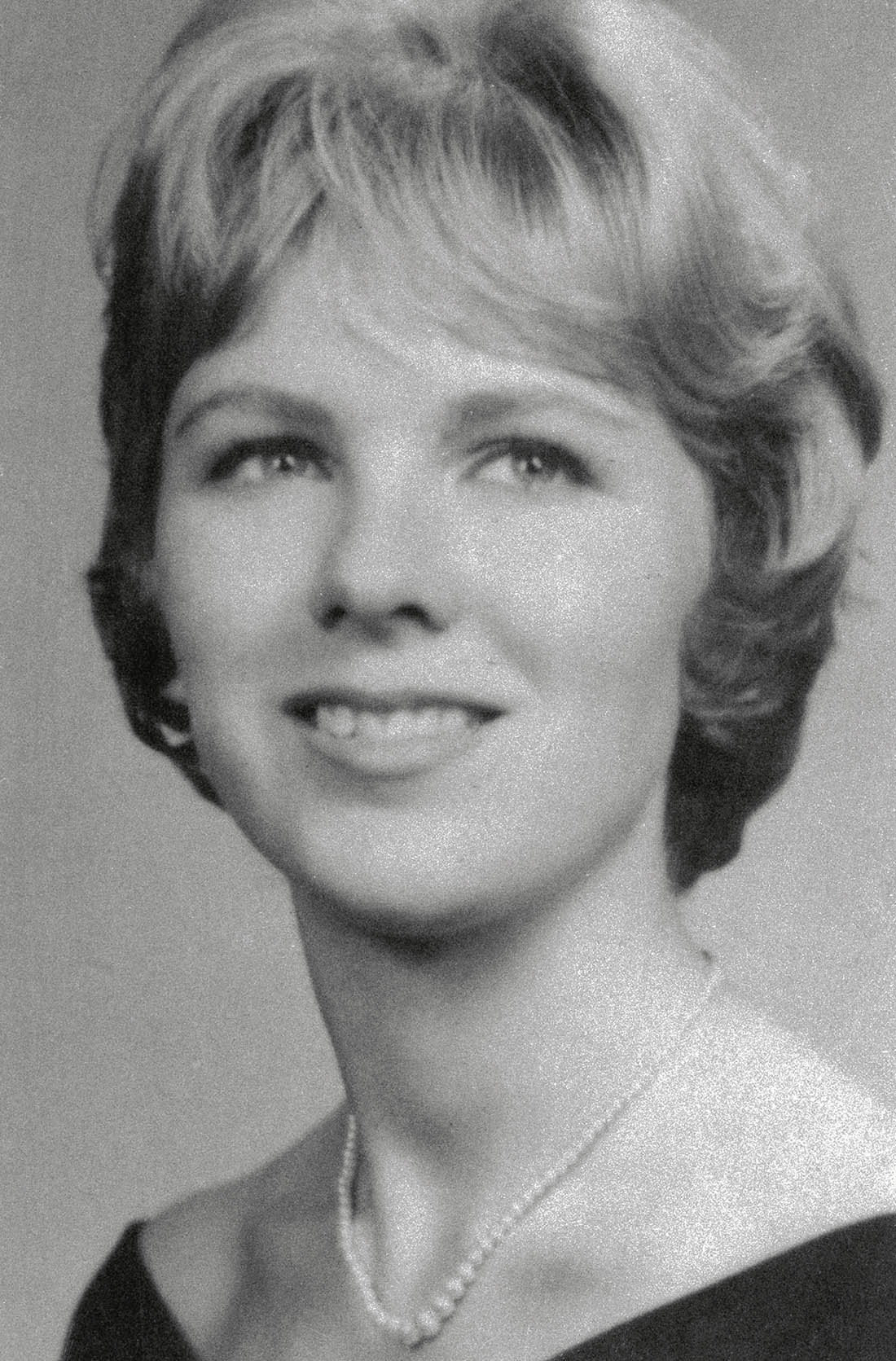Mary Jo Kopechne - The Story Unfolds
Many people, you know, remember the name Mary Jo Kopechne in connection with a specific event from a while ago. Her passing, tragically, became a moment that captured wide attention, drawing in a host of public figures and a great deal of public thought. It’s a story that, in a way, still has people talking and trying to make sense of the details that came out.
This individual, whose life ended too soon, became a part of public conversation due to circumstances that, quite frankly, left many questions lingering. The situation she found herself in, a car accident, was just the start of a much bigger public discussion, bringing her name into the news for reasons no one would have wished for her.
We will, sort of, look at the details that have been shared about her, her life, and the situations that brought her name into the public eye. This exploration will stick to the facts that have been made known, allowing us to consider the different parts of her story that have been told over the years, giving us a clearer picture of what was reported.
Table of Contents
- Who Was Mary Jo Kopechne?
- The Night of July 19, 1969: What Really Happened with Mary Jo Kopechne?
- Why Did Mary Jo Kopechne's Parents Reject an Autopsy?
- Beyond the Accident: Was Mary Jo Kopechne Connected to JFK?
- Unraveling the Facts About Mary Jo Kopechne's Passing
- The Search for Truth Regarding Mary Jo Kopechne
Who Was Mary Jo Kopechne?
Mary Jo Kopechne, as many people know, became a figure of public interest after a very sad incident. She was a person whose life, basically, intersected with some quite notable figures and events of her time. Before the car accident that took her life in July of 1969, she had a professional background that put her in the company of influential people, which is something that, you know, added another layer to her story.
Her work history shows she was, in a way, involved in the political scene. She had a job working for George Smathers, a political figure. Later on, she changed her position and went to work for Robert Kennedy. This move, actually, connects her even more deeply to a family that was, and still is, very much in the public eye. So, her professional life itself was, you know, pretty much tied to important political names.
Beyond her work, Mary Jo Kopechne also had personal connections that have been mentioned. For instance, she had a roommate. Her roommate's name was Mary Jo Kopechne, which is a bit confusing to read, but the text states it that way. It also mentions another roommate, Carol Tyler, who, tragically, passed away in a plane crash back in 1965. These details, though brief, give us a small peek into her personal world before the events that made her name widely known.
Personal Details and Bio Data of Mary Jo Kopechne
| Detail | Information |
|---|---|
| Date of Passing | July 19, 1969 |
| Cause of Passing | Car accident |
| Parent | Gwen Kopechne |
| Previous Employment | George Smathers; Robert Kennedy |
| Known Roommate | Carol Tyler (passed 1965) |
| Public Connection | Events surrounding JFK assassination |
The Night of July 19, 1969: What Really Happened with Mary Jo Kopechne?
The night of July 19, 1969, is, basically, when the event that brought Mary Jo Kopechne into the public conversation took place. It’s a date that, for many, is strongly linked to the story of her passing. Everybody knows that Mary Jo Kopechne died in Edward Kennedy's car on this specific date. This is one of those facts that has, pretty much, been established and widely accepted as part of the overall account of what happened.
Edward Kennedy himself made a statement about the circumstances surrounding their departure from a particular location. He said that he was giving her a ride back to her hotel. This was his stated reason for their being together in the car that night. So, this piece of information, you know, gives us his perspective on why they were traveling together at that late hour.
There has been, and still is, a lot of discussion about the exact sequence of events and the full truth of what occurred. The source material asks, "what was the truth of what happened the night that Mary Jo Kopechne died?" This question, actually, points to the ongoing public interest in understanding every single detail of that evening, trying to piece together the full picture of the circumstances that led to her passing.
The Lawrence Cottage and Mary Jo Kopechne
On that evening, Edward Kennedy and Mary Jo Kopechne went away from the Lawrence cottage. This departure happened at a specific time, around a quarter past eleven in the evening. This cottage, you know, was a place that would later become a part of the public record concerning the events of that night. The fact that they were together there, and then left together, is a key part of the story that unfolded.
It was later found out that the home, this very cottage, was owned by a person named Baker. Baker, apparently, used this place to have gatherings, specifically for his political and other associates. So, the location itself, in a way, had a connection to the world of politics, which, you know, adds another small layer to the overall background of the situation involving Mary Jo Kopechne.
The departure from this cottage marks the beginning of the journey that would, sadly, end in tragedy. The timing, the location, and the individuals involved all form a part of the initial facts that were established about the case. These are, basically, the agreed facts that people generally refer to when discussing what happened on that fateful night concerning Mary Jo Kopechne.
Why Did Mary Jo Kopechne's Parents Reject an Autopsy?
A significant point of discussion following Mary Jo Kopechne's passing was the decision made by her parents regarding an autopsy. This article, in fact, shows us why her parents did not want an autopsy to be performed. It’s a part of the story that, you know, often comes up when people talk about the aftermath of the accident. Their choice in this matter was, pretty much, a key detail that was made public.
The parents, as the ones who had lost their daughter, had the right to make such a choice. Their reasons for saying no to this procedure are, basically, what the text points to as being revealed. This decision, in a way, shaped how the public understood the initial investigations into the circumstances of Mary Jo Kopechne's death. It’s a sensitive topic, as you can imagine, given the sorrow they were experiencing.
Understanding their perspective is, you know, a part of getting the full picture of the events that followed the accident. The fact that they rejected the idea of an autopsy is something that has been widely reported and discussed. This choice, made by Mary Jo Kopechne's parents, is a very specific detail that stands out in the historical accounts of this incident.
Gwen Kopechne's Stand for Her Daughter
Gwen Kopechne, Mary Jo's mother, is specifically mentioned in connection with this decision. The Herald Journal, in an article from August 25, 1975, quotes Gwen Kopechne, whose daughter was killed. This shows that her mother, you know, spoke publicly about the situation, or at least her words were recorded and shared in the news at the time. Her voice, basically, represents the family's position on the matter.
The newspaper account from 1975, which is, you know, several years after the accident, indicates that Gwen Kopechne was still speaking about her daughter's passing. It mentions that her daughter had been killed six years prior. This suggests that the impact of Mary Jo Kopechne's death was still very much present for her family, even years later, which is, of course, understandable for any parent.
Her involvement in the public discussion, as reported by the Herald Journal, highlights the lasting nature of the tragedy for her and her family. Gwen Kopechne's perspective, as the mother of Mary Jo Kopechne, offers a personal dimension to the otherwise public and factual accounts of the incident. Her statements, basically, help us to see the human side of the story, beyond just the official details.
Beyond the Accident: Was Mary Jo Kopechne Connected to JFK?
While Mary Jo Kopechne is most widely recognized for the car accident that took her life, there's another connection mentioned that, you know, adds a layer of intrigue to her story. It's said that Mary Jo is also connected to the events surrounding the assassination of JFK. This is a point that, basically, broadens the scope of her public association beyond just the 1969 incident.
This connection to the assassination of John F. Kennedy is, in a way, a surprising detail for many who only know her name from the car accident. It suggests that her life, pretty much, brushed against some of the most significant and debated moments in American history. So, her story isn't just about one event, but, apparently, touches upon another very important one as well.
The text specifically states this link, without giving further details about the nature of the connection. However, the mere mention of it implies that her life, Mary Jo Kopechne's life, had threads that, you know, ran through various parts of the political landscape of that era. It makes one wonder about the full extent of her associations and how her path crossed with such pivotal historical moments.
Mary Jo Kopechne's Work Life and Associations
As mentioned earlier, Mary Jo Kopechne had a work history that put her in close proximity to political figures. She lived with Mary Jo Kopechne, which is a bit of a repeated phrase, but it emphasizes her living situation. She worked for George Smathers, which was her first known political role. This job, you know, would have given her insight into the workings of politics and the people involved.
Shortly after her time with Smathers, Mary Jo Kopechne left that position. She then went to work for Robert Kennedy. This move is significant because it places her directly within the orbit of another prominent member of the Kennedy family. Her professional journey, basically, shows a consistent presence in the political arena, working for individuals who held considerable public attention.
Her connections extend beyond just her employers. The mention of her roommate, Carol Tyler, who died in a plane crash in 1965, also adds to the picture of her life and the people she knew. These details, while seemingly small, paint a picture of a person whose life, you know, was intertwined with various individuals and events, some of which had public or tragic outcomes, even before her own passing.
Unraveling the Facts About Mary Jo Kopechne's Passing
When trying to understand the circumstances surrounding Mary Jo Kopechne's death, it's helpful to look at how information was gathered and who was involved in examining the facts. The search for what happened, basically, involved different people looking into various aspects of the incident. This process of gathering details is, you know, a typical part of any investigation, especially one that draws public attention.
John Simkin, for instance, wrote about the events in Chappaquiddick on June 25, 2004. This shows that the interest in Mary Jo Kopechne's story continued for many years after the accident itself. Writings like Simkin's, actually, contribute to the ongoing public record and discussion about what occurred. They help to keep the details of the case in the public's memory, prompting further thought and consideration.
The source material also mentions a desire to establish the "agreed facts" about the case. This means, you know, trying to lay out the information that is generally accepted as true. In a situation with many questions, focusing on these agreed facts is a way to build a foundation for understanding. It helps to clarify what is known versus what remains uncertain about Mary Jo Kopechne's passing.
The Investigation into Mary Jo Kopechne's Case
Part of the effort to understand what happened involved individuals who were tasked with looking into the physical evidence and speaking with people. Ulasewicz, for example, interviewed the people who examined Mary Jo's body. This suggests that a formal process of inquiry was, basically, underway to gather information about the physical aspects of her death. Such interviews are, you know, a standard part of looking into such incidents.
Another key person involved in the immediate aftermath was John Farrar. He was the scuba diver who pulled Mary Jo out of Kennedy's car. Ulasewicz also spoke with him, which means that the people gathering information were, pretty much, talking to those who were directly involved in the recovery efforts. Farrar's account, actually, would have been a very important piece of the puzzle, providing details from the scene itself.
These interviews and examinations are, in a way, the nuts and bolts of how information is collected in such cases. They aim to piece together a clear picture of what occurred by talking to witnesses and those who had direct contact with the situation. The work of people like Ulasewicz and Farrar, basically, forms the basis of the factual record concerning Mary Jo Kopechne's death.
The Search for Truth Regarding Mary Jo Kopechne
The question of "what was the truth of what happened the night that Mary Jo Kopechne died" is, basically, at the heart of much of the public's ongoing interest. It's a question that, you know, suggests there might be more to the story than what was initially or commonly understood. This pursuit of the full truth is a powerful motivator for people to continue looking at the details of the case, even many years later.
The desire to establish the "agreed facts about the case" is, in a way, a step towards answering that larger question. By first laying out what is generally accepted as true, it becomes easier to see where the uncertainties lie. This approach, you know, helps to sort through the various pieces of information and focus on what can be confirmed about Mary Jo Kopechne's passing. It's about building a solid foundation of understanding.
So, the story of Mary Jo Kopechne is not just about a tragic accident; it’s also about the enduring questions that surround it, the people involved in investigating it, and the public's continued effort to grasp the full reality of what occurred. It’s a narrative that, pretty much, continues to be explored and discussed, with her name remaining a part of historical conversations.

Chappaquiddick: The Mary Jo Kopechne you should know

Chappaquiddick, Ted Kennedy scandal that left a young woman dead

Ted Kennedy’s Chappaquiddick Incident: What Really Happened - History